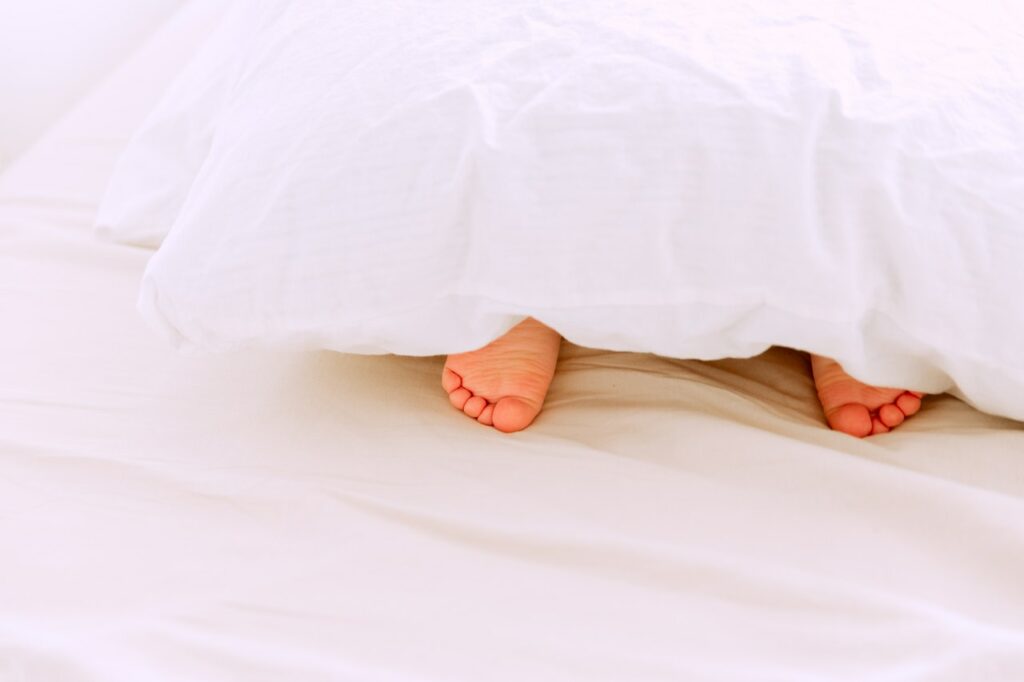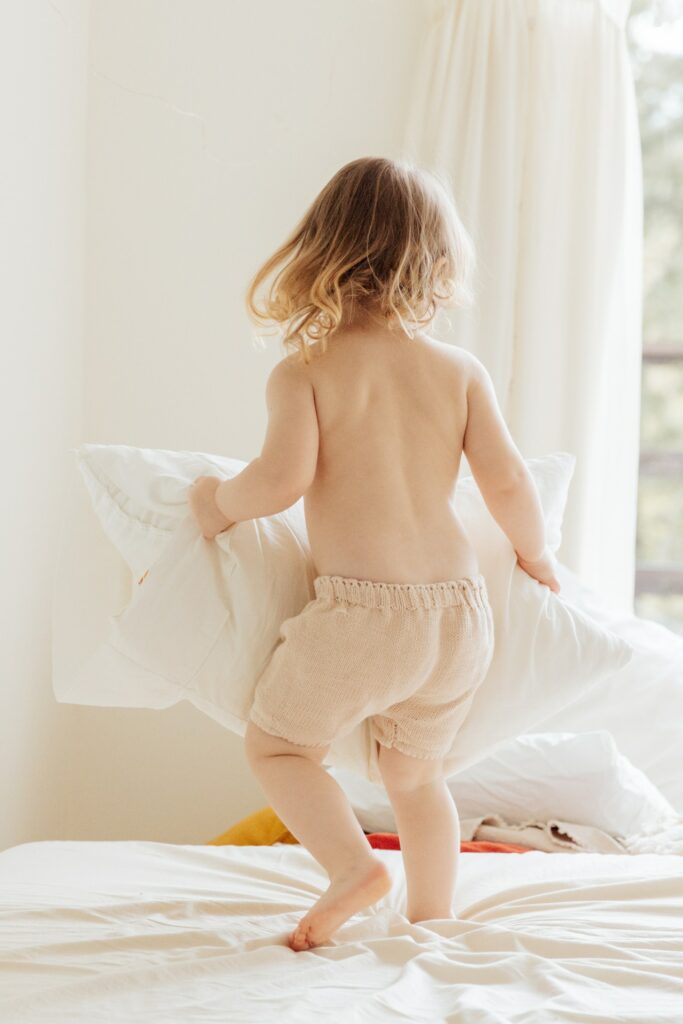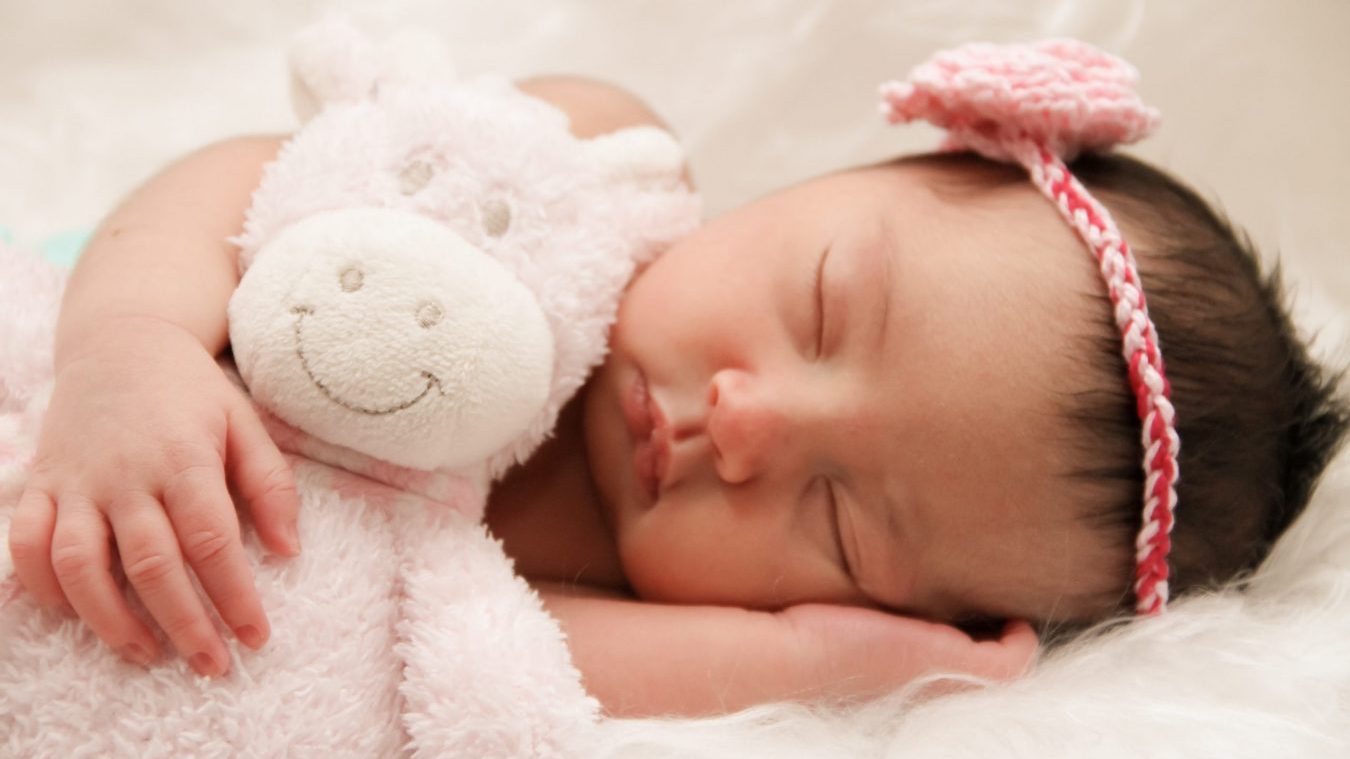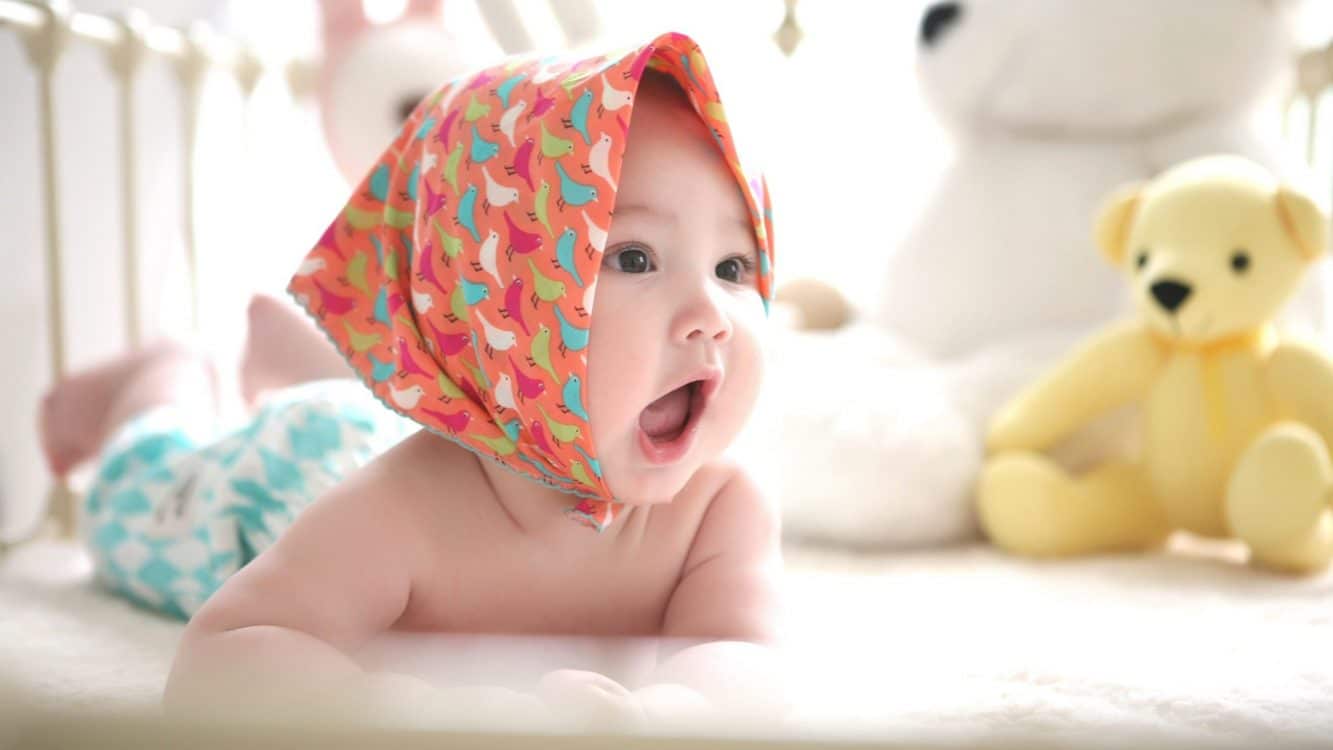What you will have no doubt heard about polyurethane foam is that it is toxic, can cause cancer and damage a child’s development. Is this really true, you might ask, or is it just mumbo jumbo? Surely companies wouldn’t make dangerous baby products and sell them to the public? That might be a little naïve. Let’s not forget that the tobacco industry covered up the damage their products caused so they wouldn’t lose profits. Who can you trust and should you buy baby products that contain this questionable foam?
It’s not too difficult to find out about the proven dangers of polyurethane foam and its toxicity. Lots of the chemicals used are on various toxic materials lists. Yet, somehow, baby products containing the foam pass American safety standards.
If you are a new parent, it’s only natural that you want the best for your baby. You work hard to provide all the right things and you do everything within your power to give them the finest life possible. Safety suddenly becomes a priority when you have a family. Dangers that you were unaware of before can be spotted everywhere. Everyday life suddenly becomes full of peril.
One safety concern that fills parents’ thoughts is the effect chemicals can have on babies. As each new study is completed, dangers that have been uncovered hit the headlines. We’ve worried about pesticide sprays, food additives, car fumes and also the harm polyurethane foam can do. The facts can sometimes get distorted as they are reported. Then, of course, the manufacturers will release their side of the argument and tell everyone their products are indeed perfectly safe. Knowing what to believe is tricky.

Let’s Look at Some Facts: What is Polyurethane Foam?
Polyurethane was created as a replacement for rubber, a material that was hard to get hold of during the war. It was first invented in 1937 so it’s been around for more than 80 years now. Polyurethane is a type of plastic that is produced by combining methylene diphenyl diisocyanate (MDI) and toluene diisocyanate (TDI) with polyols. This mixture is processed in different ways to make various, regularly used products. When it’s heated and sprayed and mixed with carbon dioxide you get a foam.
Where is Polyurethane Foam Most Commonly Used?
The foam is used in a wide range of places, some are hidden so many of us are not aware they are there. Polyurethane foam is used to insulate refrigerators, to insulate walls, in sports shoes, to cushion furniture and it’s also in most modern mattresses. Foam mattresses, including memory foam mattresses, have become extremely popular for their affordability and softness. There are few homes in the country that don’t have some polyurethane foam in them somewhere.
When it comes to baby products, polyurethane foam can be found in crib mattresses, playmats, changing pads and baby car seats. Whether it should be used so freely in baby products is up for debate but there are strong arguments against it.
What are the Dangers of Polyurethane Foam?
With so much foam found in all of our homes, you would think that it was a tried and tested safe product. Indeed, when the material was first invented, it was considered a miracle product with limitless uses. However, when it became widely used in household furniture, deaths linked to fires increased. The fact that the foam was highly flammable was found to be at the root of these fire tragedies.
In response to these terrible deaths, safety standards for furniture were brought in. This is when flame retardant chemicals were added to the foam or coverings to stop the furniture from burning so ferociously. This step dramatically reduced fire deaths, which was considered a triumph at the time. But soon after these changes, people started noticing they were suffering from health issues that they hadn’t experienced before. Those that were affected felt it was connected to their furniture and studies into the toxicity of foam were launched.
Studies Around Toxic Fumes and Polyurethane
Various studies over the years have looked into the concerns around health and polyurethane foam toxicity. It was revealed that common chemicals used in fire retardants were in fact carcinogenic meaning they contribute to the development of many different cancers. That’s quite worrying to hear as you sit on your sofa at home. In fact, many of the components found in polyurethane foam furniture are on the Toxic Substances Control Act (TSCA) list. Others feature on the Hazardous Air Pollutants (HAP) agenda as well as the Volatile Organic Compounds (VOCs) list. It is well documented that these substances are harmful to people and the environment.
Chemicals that are used are believed to cause breathing problems, affect the nervous system, damage the liver and kidneys, damage cells and affect the hormones, plus a whole lot more short-term effects. The following are commonly found in foam mattresses:
- Benzene products may damage the DNA of cells and are linked to breast and lymphatic cancers and leukemia.
- Chlorine is thought to be connected to bladder and colon cancer.
- PFOS can affect brain development as well as the reproductive, endocrine and immune systems
- Formaldehyde may cause cancer and it affects the immune, nervous and respiratory systems.
- Solvents are thought to damage the reproductive system, liver and kidneys.
- VOCs may affect the eyes, respiratory system, damage kidneys, liver, nervous system and cause cancer
- Flame Retardants are linked to learning disabilities, lower IQs, reproductive and nervous system damage, thyroid and other hormone imbalances.
These chemicals don’t always stay in the foam but are thought to contaminate the entire room gradually. The air that we breathe is likely to contain some of these chemicals at night if you have a foam mattress.
Polyurethane Dangers and Baby Products
The thought of having such a potentially dangerous material filling our furniture or insulating the walls of our homes is not good. But when it comes to having polyurethane foam close to your precious baby’s skin, these facts seem very alarming. An eye-opening study was completed by the American Chemical Society called the Identification of Flame Retardants in Polyurethane Foam Collected From Baby Products. They found a high amount of damaging additives in many products.

Using a direct and easy to understand quote from the study, it was concluded that:
“Flame retardant additives can escape from products over time, accumulate in dust, and are a primary route of exposure to humans.(10-13) Exposure to children is a particular concern due to their frequent hand to mouth behavior. Exposure to chemical additives in baby products is of even greater concern for infants, who are in intimate contact with these products for long periods of time, at very critical stages of their development.”
In a nutshell, the study revealed that the fact that babies innocently put their fingers in their mouth puts them in greater danger. And the toxins they come into contact with can damage their development. It makes compelling reading.
The United States Environmental Protection Agency (EPA) carried out an update in 2015. They discovered that changes and additions to the chemicals used in polyurethane foam were continually shifting. This makes it incredibly difficult for authorities to keep a track of what might be hazardous and what is safer. If they admit that it’s hard for those in authority to keep updated, what chance does the average parent have? It makes choosing the best baby products for your child almost impossible.
The findings provide real food for thought. There are labels on baby products, and they often say they comply with various regulations and safety standards, including being fire resistant, but at what cost? Do you really have a clue what’s best when it comes to buying for your baby? It’s very difficult to know what to trust.
Why is Polyurethane Used At All If It’s So Dangerous?
When there are numerous studies all highlighting the dangers of the material, you might wonder, why is polyurethane used at all? Manufacturers will tell you it’s safe in situ. They will agree that there may be dangers during production – and this is proven by the safety steps they must take at various stages of manufacture – but once it’s in your home it’s all good. They state that it is innate. But can you trust that?
Polyurethane is very cheap to produce and that’s always a compelling argument. It can be formed into any shape and size, and it doesn’t easily degrade which is an advantage if you want the product to last. It’s a global, multi-billion industry. Sadly, these factors combined will make it difficult to get to the truth of safety and health issues. Untruths, cover-ups and conspiracy theories will cloud the issues at every turn. What you need to ask yourself is are you prepared to take the risk with your health? Do you want to wait and see if it affects your newborn baby?
Worried About the Dangers of Polyurethane Foam?
It’s understandable that parents are worried. It’s not easy to decipher the information and make a good choice for your baby. There’s a lot to think about, including, of course, the price of items. Very persuasive wording is used to sell baby items, but should you fall for the hype? Is it just the expensive stuff that’s safe or can you get high-quality for less?
Baby Products That Don’t Use Polyurethane Foam
If you feel let down by the use of toxic polyurethane foam in baby products, or are just not prepared to take the risk, there are alternatives. It’s no wonder that parents are researching products without polyurethane foam and those that don’t use dangerous fire retardants. Many of these have been produced by manufacturers who care about health and the environment hand in hand. Non-toxic mattresses and non-toxic crib mattresses are out there, you just need to know what to look for.
Natural materials are often completely fire resistant with no need for additives for them to comply with safety regulations. Fire resistance is measured on the time it takes for a product to burn. Very little is actually fire proof, but a resistance against an item simply bursting into flames is what’s looked for.
Animal Wool
Animal wool is probably the most flame-resistant natural material you can find. It simply doesn’t ignite very easily. It’s a renewable source too as sheep continually grow their fleeces. Wool is breathable and doesn’t overheat a sleeping baby. This soft and springy material makes a good filling for mattresses with no added chemicals.
Organic Cotton
Organic cotton has some degree of natural fire resistance. Check the labelling to make sure this hasn’t been mixed with chemicals, however. In some fillings, a mixture of wool and cotton improves the fire safety level without using additives. Look for GOTS certified organic cotton.
Coconut Coir
Coconut coir is being used more and more in baby crib mattresses. Covered in organic cotton it doesn’t require fire-retardant additives to make it safe.
Sugarcane Fiber
Sugarcane fiber is also used in non-toxic mattresses. Again, it a natural product that is in plentiful supply. Using the cane is eco friendly as it’s a by-product of the sugar industry.
Seagrasses
For natural baby changing pads, there are some amazing alternatives to foam filled mats. Pretty, shallow baskets are available that are made from seagrasses in a range of patterns. The low sides stop baby from rolling away when you are changing a diaper. If you like to think green, then this specially designed basket will have many other uses after baby has grown. It’s always great to prolong the useful life of a product.
Natural Latex
Natural latex is often chemical free, but again it’s important to check the labelling. Latex reflects body heat and so some people and babies get overheated when they lie on it. And it’s important to know that some people are allergic to latex.
Natural wool or cotton covering will provide a level of fire safety without additives. Look for furniture that has this type of top layer. Some baby products do have additional chemicals applied, but if these are kept to a minimum, the dangerous effects are reduced offering another option to consider. For products with additives, look for VOC-free and HAP-free labels or Low-VOC to reduce the harming factor.
Is Second-hand Safe?
When it comes to hand-me-downs, a whole new debate opens up. There is an argument for older foam being safer, it’s had time to lose its toxicity with fumes long dissipated from the foam. But this would depend on the chemicals used in the first place. With safety standards ever changing, who knows what was in the foam originally. And as polyurethane foam disintegrates over time, there may be more dust with ageing material.
Heirlooms are always special, but when it comes to anything with foam or plastics in general, you might want to be cautious. Check the labels, if there are still any visible, and avoid anything marked with TB 117. The best hand-me-downs are made of natural materials, such as wood, cotton and wool. Thankfully, really old and antique items were often carefully made by hand using nothing but honest materials. These are usually safe, although be on the look out for old lead paint!

The Bottom Line
The choice is yours. There are alternatives to polyurethane foam.
The arguments against choosing baby products containing polyurethane foam due to toxicity are strong. It could be said that there’s a case for stopping the use of this material altogether. When you think about it, a foam made from a by-product of petroleum sounds risky. Especially when you consider placing an innocent newborn baby on it at bedtime.
Luckily, there are manufacturers who make responsible baby products. They have worked hard to give parents what they want – a product free or very low in chemicals that is also comfy and supportive. Whether they have designed a crib mattress made from natural materials or a changing basket woven from seagrass, there’s a product that takes away anxiety. Buy products without worries – there is nothing nicer.
Even if you’re not convinced that the foam is as dangerous as some believe, are you sure enough to risk the health of your baby? Is it not a better idea to turn to the safer option just in case? These products are not inferior and they are not less attractive. Non-toxic alternatives function just as well but there are no worries about possible harmful fumes or dust particles.
It doesn’t have to cost you a lot more to provide your little one with safe products. Often it just takes a little research to find what you want. Ask other parents, read labels closely and understand what standards really mean. Don’t take the manufacturers word for things without learning a little yourself.
When you get it right as a parent, it feels great. There’s no better feeling than knowing you’ve done your best for your family. Make informed decisions about your purchases and you will find the right products for your baby. You’ve got this.


